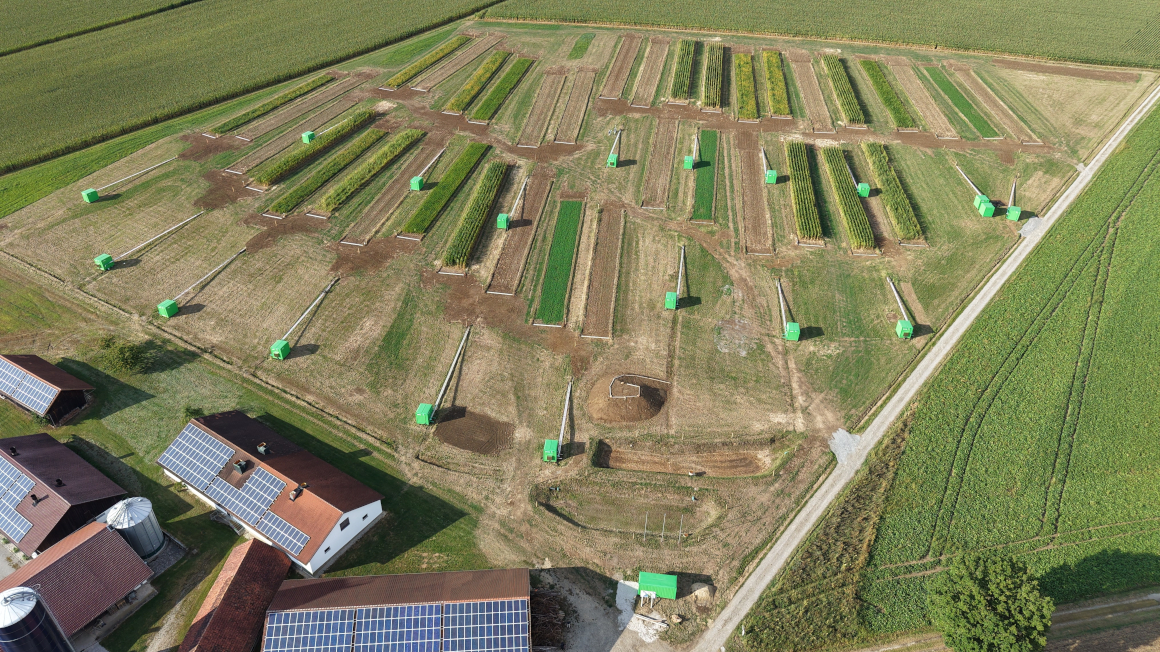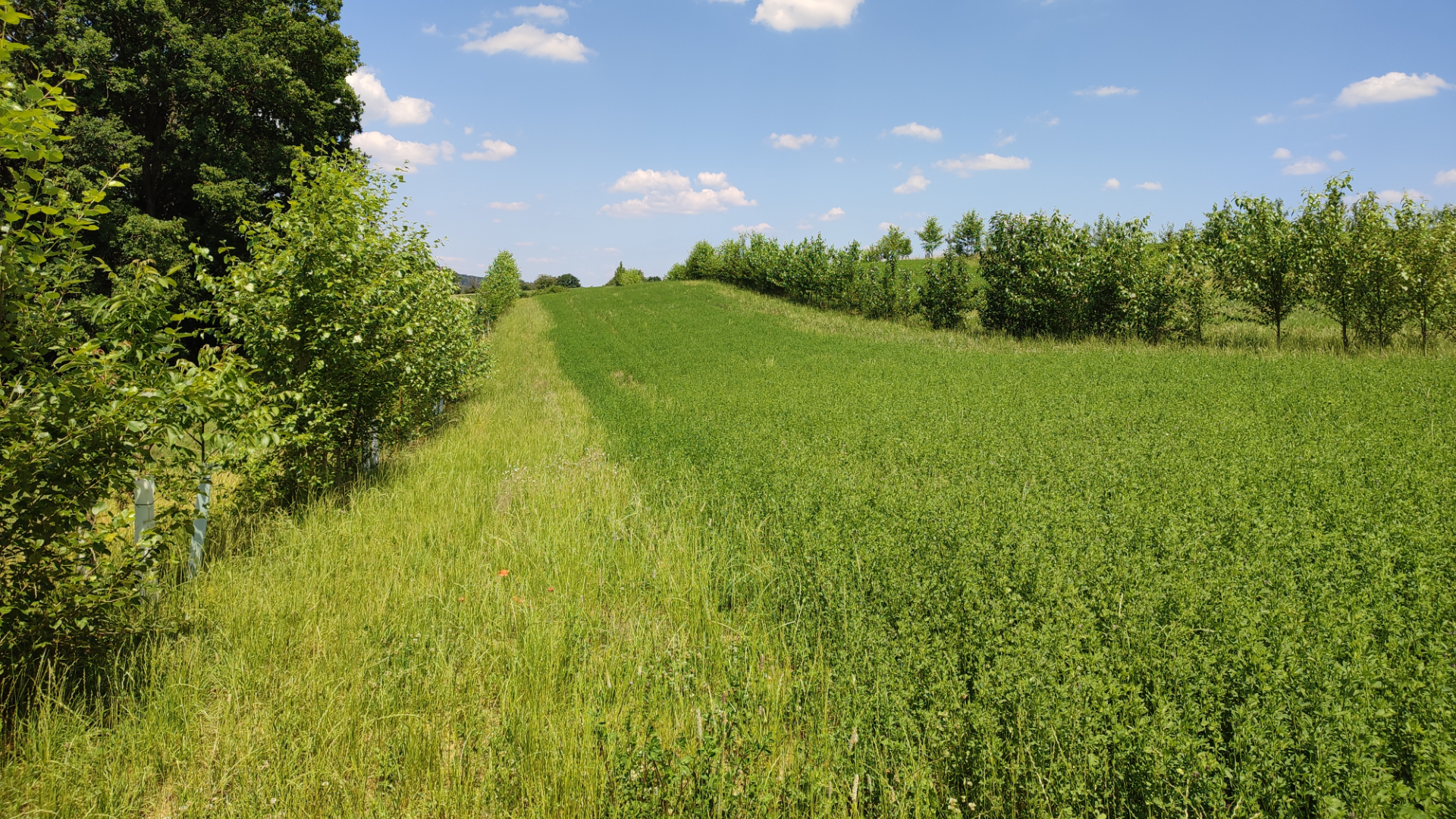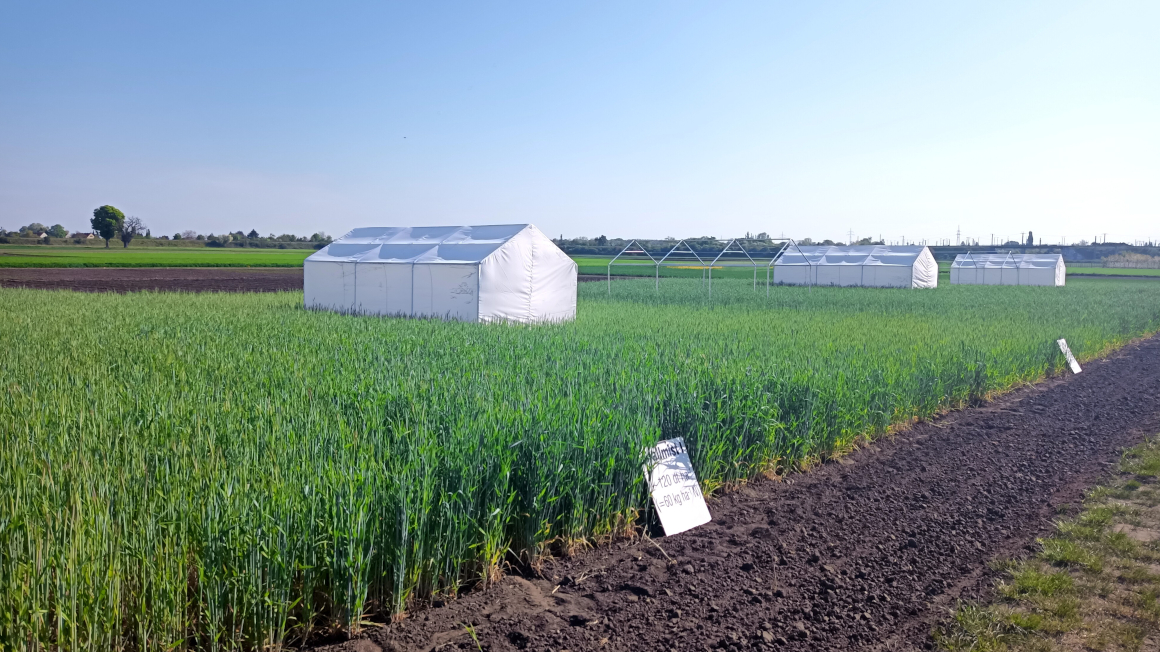Practical laboratory for soil erosion research opens
As part of the EARL soil protection project, a globally unique pilot plant has been inaugurated in Ruhstorf, Lower Bavaria. The aim is to investigate the effect of cultivation systems on soil erosion.

Soils are among the most important foundations of life and fulfil a variety of functions for humans and the environment, such as storing carbon and securing food supplies. However, climate-related extreme weather events such as drought and heavy rainfall are putting pressure on this valuable resource and thus increasingly on the existence of agricultural businesses. Soil erosion is a major challenge. There are methods such as growing catch crops or planting trees on fields to better protect the soil. However, little research has been done on how effective these systems really are in reducing erosion. The EARL soil protection project aims to close this gap.
A globally unique test facility
With the opening of the test facility in Ruhstorf, the project is now officially underway. Launched in 2021, the practical laboratory covers around six hectares and has a homogeneous slope of eight to eleven percent. This area contains 36 test plots, each 55 metres long and six metres wide. The project is funded by the Bavarian Ministry of Agriculture and managed by the State Research Centre for Agriculture (LfL).
Measuring the effect of cultivation systems on soil erosion
In a long-term experiment, various arable farming systems and cultivation methods that protect against erosion and store more precipitation in the soil will be investigated in the hilly countryside starting in the next vegetation phase. Erosion caused by natural precipitation will be measured on the differently managed plots, initially on a trial basis. At the same time, project partners at the University of Augsburg are developing a methodology for scaling the measurement results from the field to the landscape level.
Practical recommendations for agriculture
The data collected will not only provide researchers with new insights into soil water balance, soil erosion as well as pesticide and nutrient runoff. The main aim of the project is to develop practical recommendations on how to adapt cultivation systems to the increasing incidence of heavy rainfall on slopes. In this way, the researchers want to ensure the long-term production of important crops while better protecting natural resources such as soil and water.
bb


